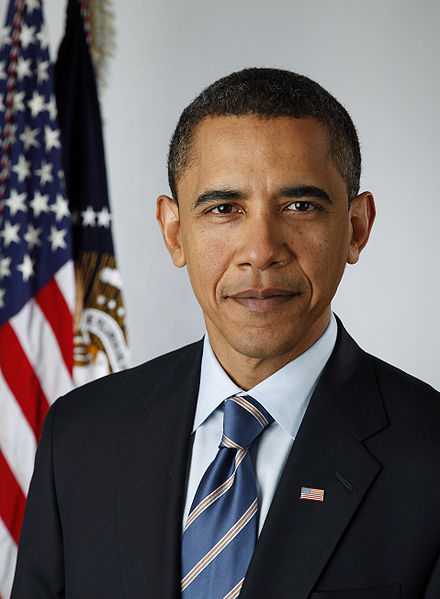With Friends Like These ; Turkey is ready to start a new round of diplomatic initiatives to stop countries that supply the PKK with arms. Turkey has undertaken similar initiatives in previous years.
Over the past few months, the PKK has relied on arms from Mediterranean countries, intelligence reports indicate. The roadside bomb that exploded in Halkalı on Tuesday was of Portuguese origin, intelligence sources said, adding this country to the list of countries that supply arms to the terrorist organization. That attack was carried out by the PKK’s urban offshoot, the Kurdistan Freedom Falcons (TAK).
The most crucial question is how the PKK is able to bring these arms supplies it obtains from Mediterranean countries to northern Iraq. US journalist Seymour Hersh claimed in 2007 that this was done via Israel.
The General Staff has seized PKK arms and ammunition originating from
31 different countries.However, NATO-member countries have been the biggest suppliers. Most of the arms and ammunition seized are of Russian, Italian, Spanish, German and Chinese origin.
EARLIER REPORTS
May 22, 2007
C4 plastic explosive
Explosion rocks Ankara, the Turkish capital
Five people have been killed and at least 60 hurt in an explosion during evening rush hour at the entrance to a shopping centre in the district of Ulus. A Pakistan national was among the dead. The area has been cordoned off and an investigation has begun. Unconfirmed reports suggest an explosive device may have been left at a nearby bus stop and is PKK related. It is suspected that the explosive is C4 which was supplied (as Block demolition charge M112, which may also be cut and/or removed from the mylar wrapper and hand formed as desired to suit the target) to US forces in Iraq and is more that a few tons are missing . PKK routinely uses Italian sourced plastic land mines and Armenian made remote detonation (cell phone type) equipment. In recent months huge weapons caches were discovered in many parts of Turkey such as Muğla, Van, İzmir, Ağrı and Şırnak.
C-4 is the standard-issue plastic explosive used by the US military.
C-4 or (Composition C-4) is used for any stable explosive, and “Composition A” and “Composition B” are other known variants. Made up of explosive, plastic binder, plasticizer and, usually, marker or taggant chemicals such as 2,3-dimethyl-2,3-dinitrobutane (DMDNB) to help detect the explosive and identify its source C-4 is 1.34 times as explosive as trinitrotoluene (TNT).
C-4 is made by combining RDX slurry with binder dissolved in a solvent. The solvent is then evaporated away and the mixture is dried and filtered. The final material is an off-white solid with a feel similar to modelling clay. A major advantage of C-4 is that it can easily be moulded into any desired shape. C-4 can be pressed into gaps/voids in buildings, bridges, equipment or machinery. C-4 is also well known for its durability, reliability, and safety. It will not explode even if hit by a bullet, punched, cut, or thrown into a fire.
The only reliable method for detonation is via both heat and pressure, i.e a detonator or blasting cap.


Leave a Reply